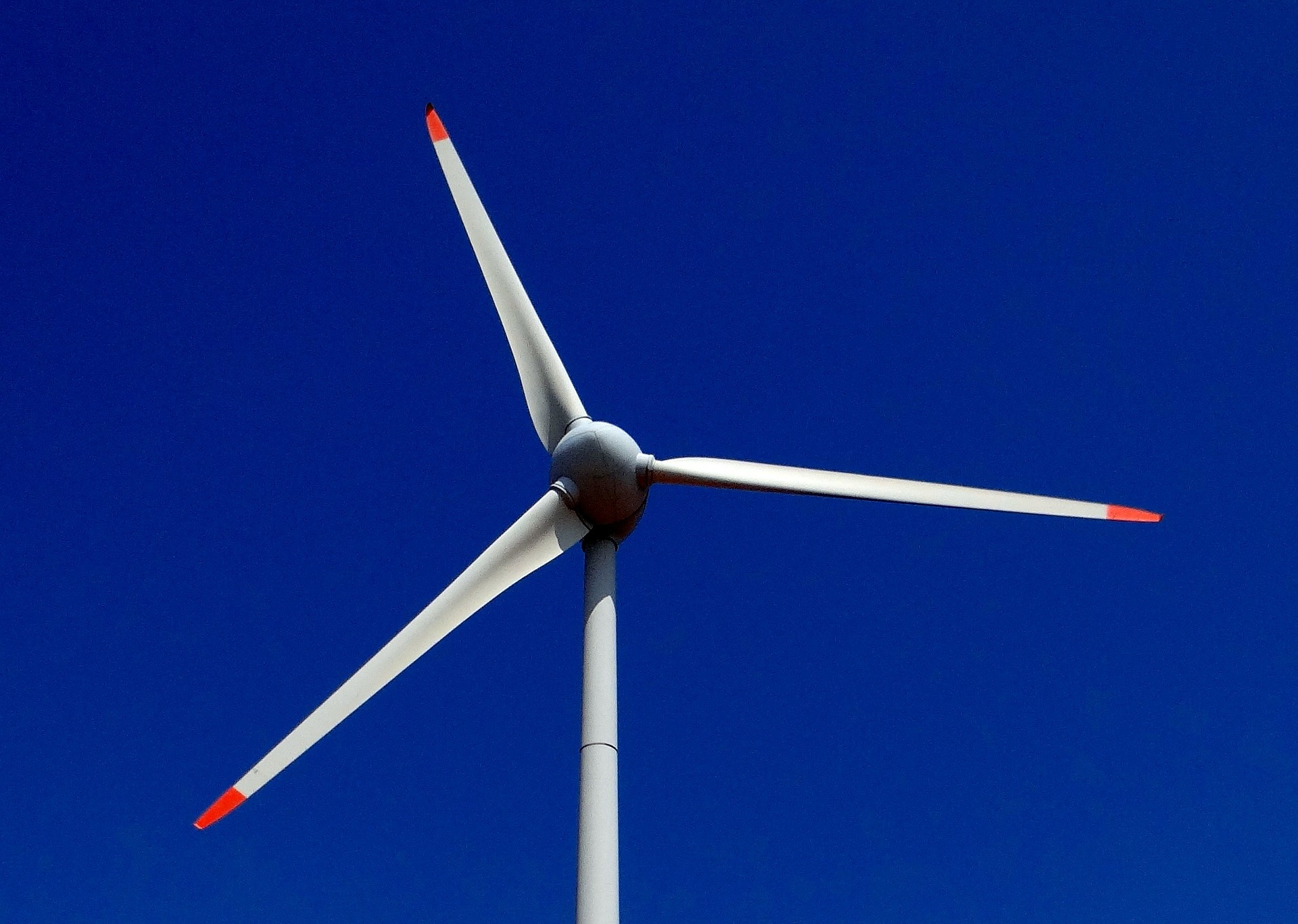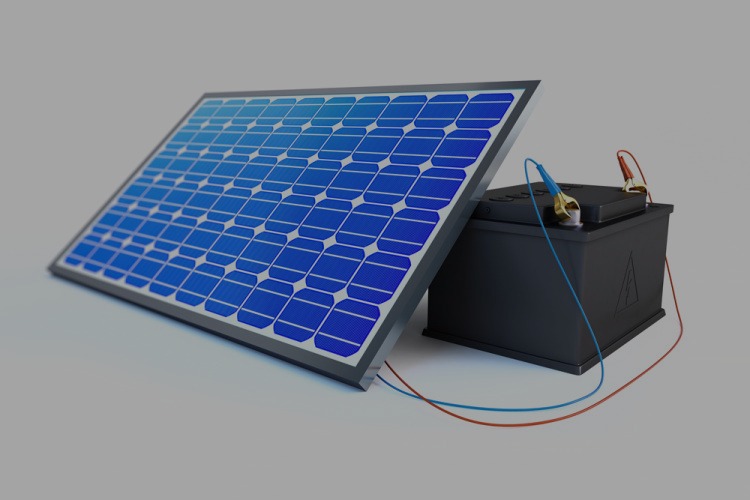As world energy markets transform at an unprecedented rate, India is at the forefront of the shift towards profitable renewables given that the country’s solar belt has the potential of 749 GW for power generation. As shown by a new IEEFA (Institute for Energy Economics and Financial Analysis) analysis, accelerating this trend will allow India avoid the costly mistakes made by slow-moving, late-learning European utilities, which have wasted billions on stranded coal and other thermal power assets.
In Europe, the rise of cheap renewable energy has pulled down wholesale electricity prices, causing financial pain for utilities that have delayed their transition from fossil fuels to renewables. Over the 2010-2016 period, European utilities have made $150 billion in asset write-downs. Investors from Goldman Sachs and UBS have been warning for years that coal has reached retirement age and that solar will become the “default technology of the future”.
Similar trends have been apparent now for some time in China and India, where drives to install both thermal and renewable capacity concurrently have seen coal-fired power station utilisation rates drop to record lows of 47 per cent and 57 per cent respectively in 2016. This is despite electricity demand growing in these countries.
To illustrate further, the giant, 63 percent state-owned power company, NTPCBSE -0.33 %, provides 25 per cent of India’s electricity supply and as such plays a critical role in the country’s economic activity. Historically dependent on coal-fired electricity generation, India’s power sector is moving in a starkly new direction. The Indian energy ministry is driving this trend, pushing the nation toward energy efficiency and renewable energy targets that are highly ambitious but in IEEFA’s view, entirely achievable.
Read more at:
http://economictimes.indiatimes.com/articleshow/60937025.cms?utm_source=contentofinterest&utm_medium=text&utm_campaign=cppst


